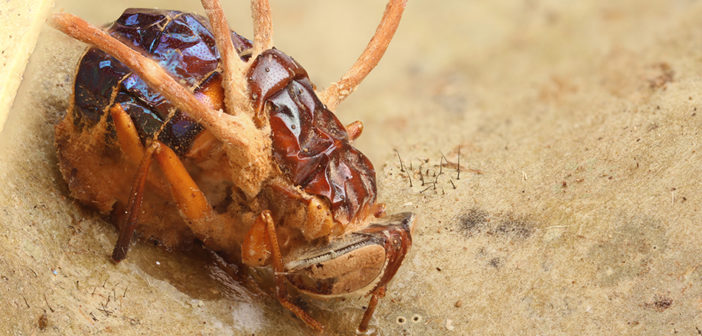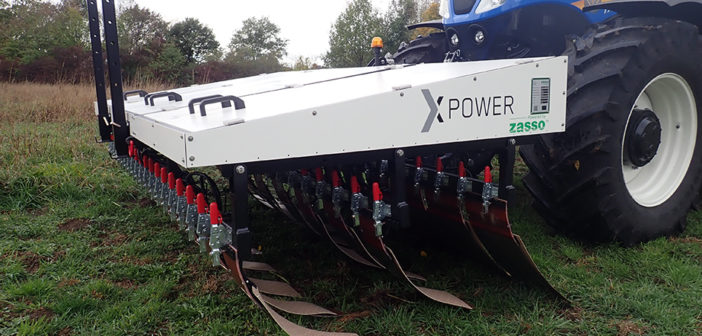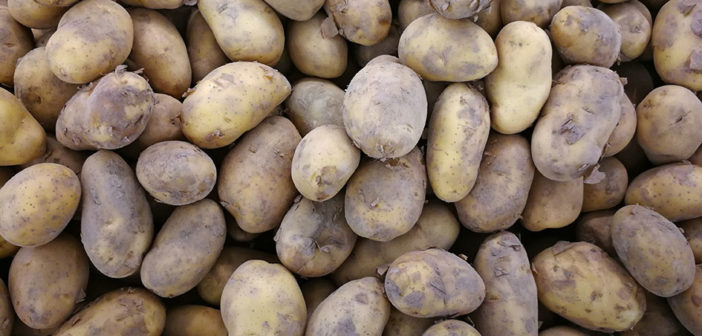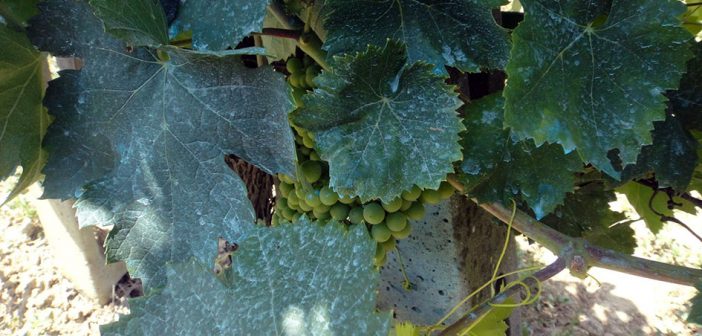A team of researchers led by Cardiff University has identified bacteria which could provide an effective and safe biopesticide.
The Burkholderia group of bacteria is known to protect crops against a number of diseases, but studies linking them to serious lung infections in people with cystic fibrosis (CF) in the 1990s led to them being withdrawn from the market. By sequencing the genomic DNA of the bacteria, the team was able to identify Burkholderia’s antibiotic-making gene, Cepacin, and further testing demonstrated that Cepacin offers highly effective protection against damping off in plants.
Using genetic engineering techniques similar to those used to produce live vaccines, the researchers are also exploring how to improve the safety of the bacteria. “Burkholderia split their genomic DNA across 3 fragments, called replicons,” explained Professor Mahenthiralingam, lead researcher on the project. “We removed the smallest of these 3 replicons to create a mutant Burkholderia strain which, when tested on germinating peas, still demonstrated excellent biopesticidal properties.”
Work with mice suggests that this mutant strain does not persist in the lungs, and the project, which also involved the Universities of Warwick and Liverpool, and the Wellcome Trust Sanger Institute, has now been awarded more than £1 million from BBSRC to help progress the next stage of research to develop an effective and safe biopesticide that does not build up to harmful levels in the environment.

Photo Caption: The modified bacteria was shown to be effective against damping off in peas
Photo Credit: Wikimedia Commons The post Modified bacteria could replace pesticides appeared first on Hort News








